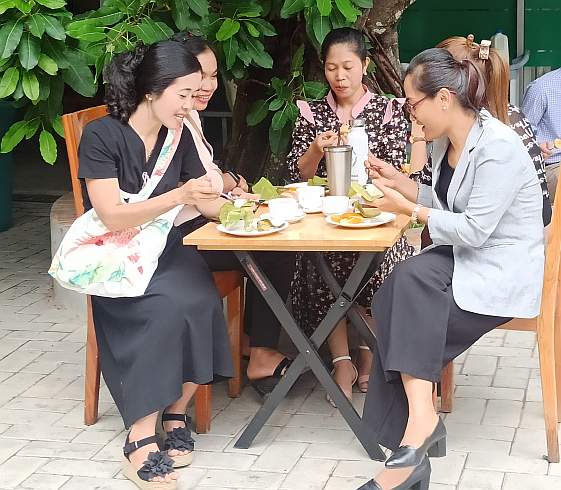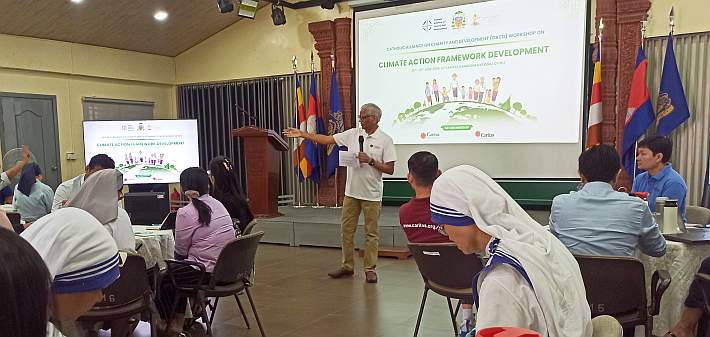
Most of Phnom Penh’s population has been transplanted from the rural provinces to the capital city. The saying goes: “You can take the person out of the country but you can’t take the country out of the person.” There are many illustrations of that adage around Phnom Penh where the now city dwellers try to recreate the fields, the plants, the flowers the way it was “back then.”













